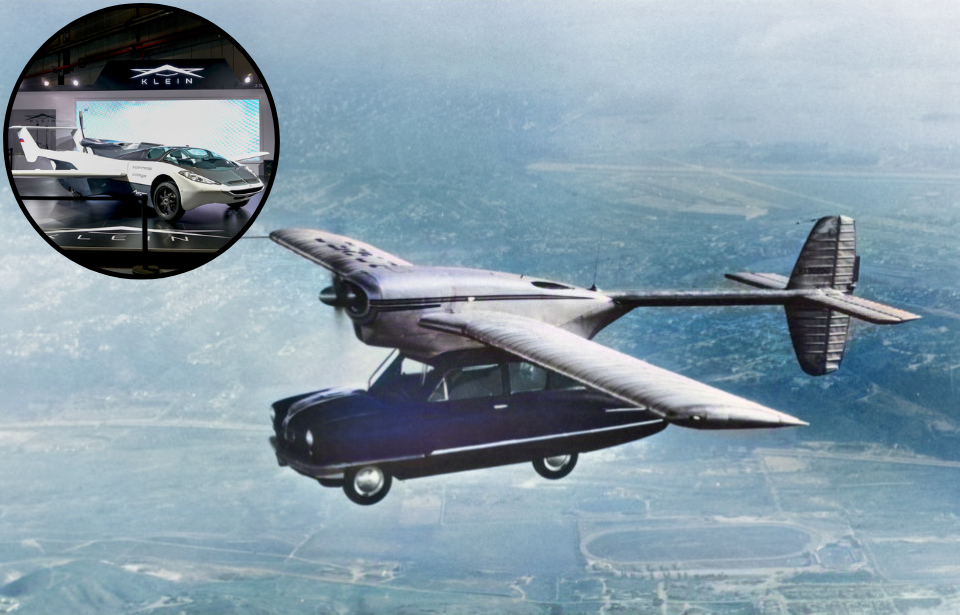Anyone who grew up watching The Jetsons knows how cool flying cars are. They gave George and Jane the freedom to go wherever they wished, and it was everyone’s dream to own one in real life. While we aren’t living in the future The Jetsons imagined, we aren’t far off from making the possibility of owning a flying car a reality.
Early development of the fly car
During the early 20th century, there were many attempts to develop a fully-functional flying car. While none managed to make it to market, there were a few minor success stories.
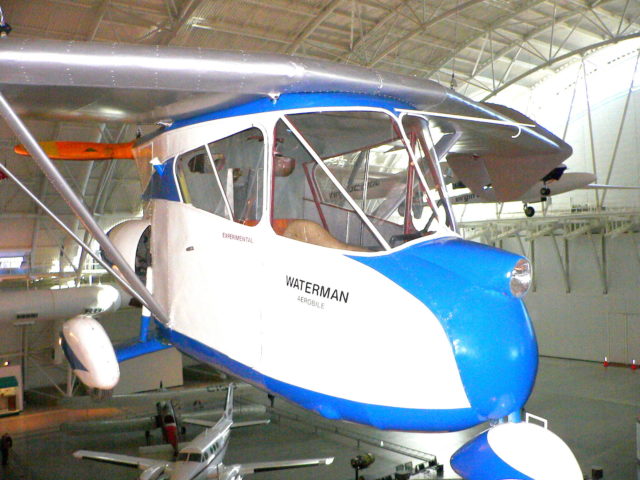
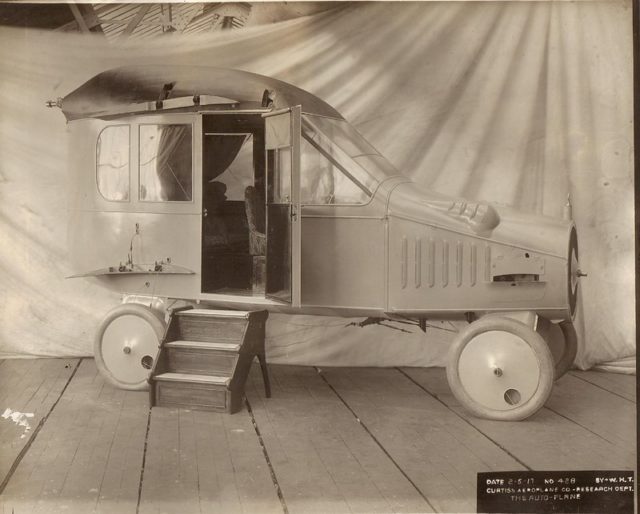
The first was designed by Glenn Curtiss, the Father of the Flying Car. He debuted his aluminum body air-mobile at New York‘s 1917 Pan-American Aeronautical Exposition, to great fanfare. While it wasn’t able to take to the sky, it did hop. It was followed under 20 years later by Constantinos Vlachos’s “tri-phibian,” which showed promise… That is, until its engine exploded during a demonstration in Washington, DC.
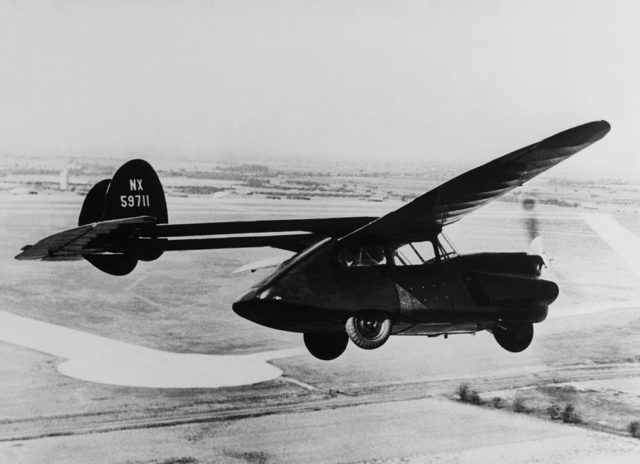
An early attempt at a roadworthy flying car was the Autogiro Company of America’s AC-35. While its single propeller design was successful, the vehicle never entered production. Just a year later, Waldo Waterman introduced his fixed-wing flying car, a three-wheeled vehicle powered by a 100-horsepower Studebaker engine. It embarked on its maiden flight in March 1937, but the project was canceled due to a lack of funding.
Ramping up development in the late 20th century
In 1946, Robert Edison Fulton Jr. took a different approach to developing a flying car – instead of adapting a car to fly, he altered a plane to make it roadworthy. Its wings and tail were removable and the propeller was stored within the plane’s fuselage, a process that could be done within five minutes. While it was the first flying car to be certified by the Civil Aeronautics Administration (CAA), it never saw commercial success.
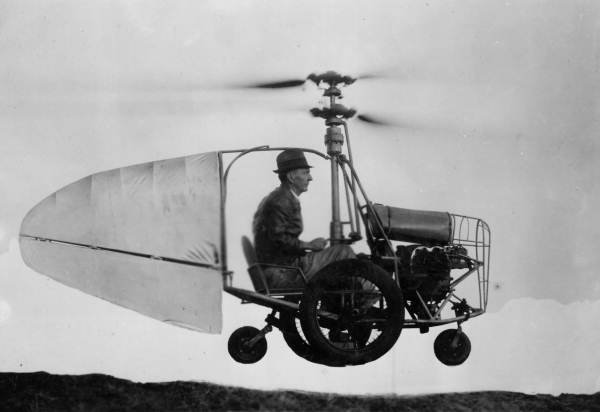
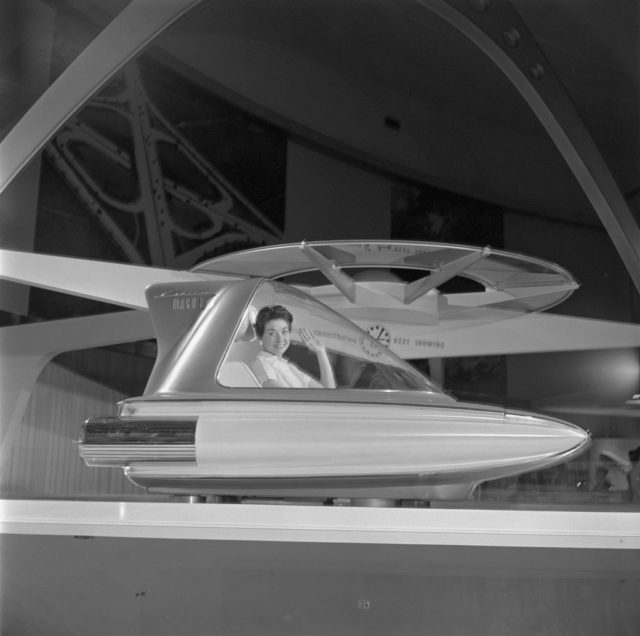
The 1940s, in general, were a decade of innovation when it came to flying cars. Consolidated-Vultee debuted its airworthy two-door sedan – the ConvAirCar – in the mid-1940s, which showed promise until it crashed during a test flight. Around the same time, the British and Canadian militaries began working on a flying saucer-esque flying vehicle capable of carrying troops to battlefields.
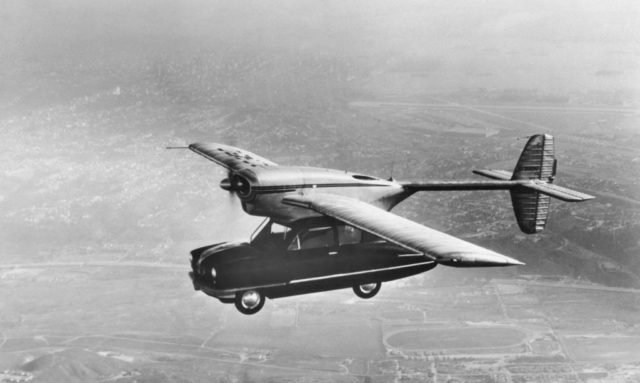
Moulton Taylor’s Aerocar, designed to easily convert from car to aircraft, made its first successful flight in December 1949, and just seven years later the CAA approved it for mass production. Sadly, the 1970s oil crisis meant producing such a vehicle wasn’t practical and only six were ever built.
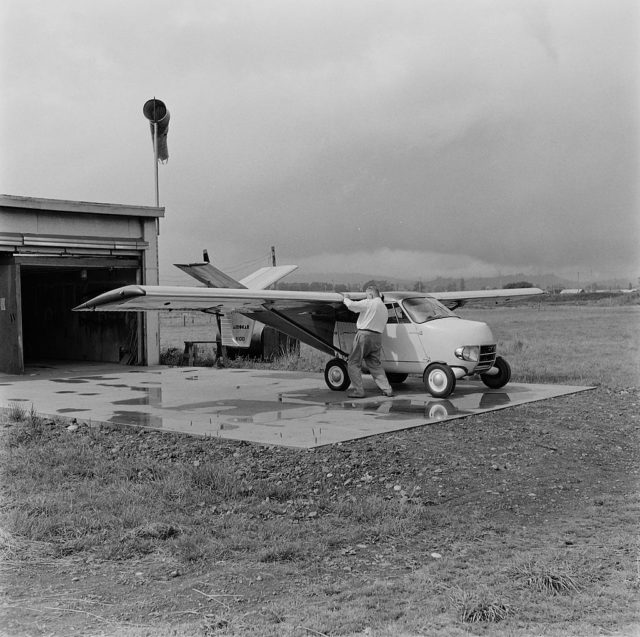
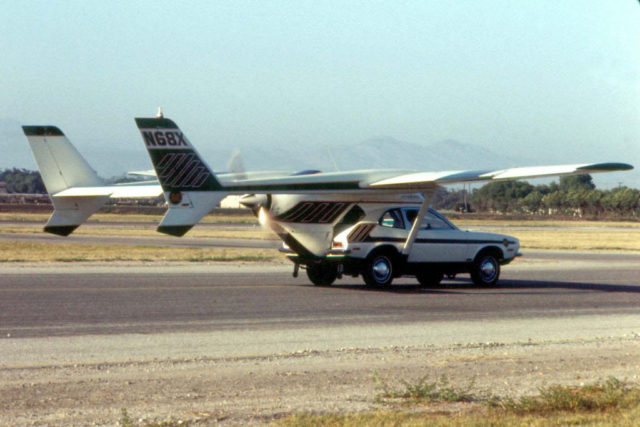
While other prototypes were produced (and many more concepts designed), the flying car continued to fall short of being what everyone hoped it would – and could – be. The last glimmer of hope during the 20th century was the AVE Mizar, which featured a Cessna Skymaster atop the roof of a Ford Pinto. Things were looking promising, until a failed test flight in 1973 dashed everyone’s hopes.
The future is almost within our grasp
Development of flying cars continued into the 21st century and was boosted by the improvement of technology. In 2009, the US Defense Advanced Research Projects Agency began its $65 million Transformer program. While it aimed to create a four-person roadworthy aircraft by 2015, the program was scrapped in 2013.

That same year, a flying dune buggy named Maverick made international headlines after flying medicine to remote areas of the world. For these efforts, it won an award. 2009 also saw the Parajet SkyCar journey from London, UK to Timbuktu. A modified dune buggy, it had a top flight speed of 80 MPH and a ground speed of 112 MPH.

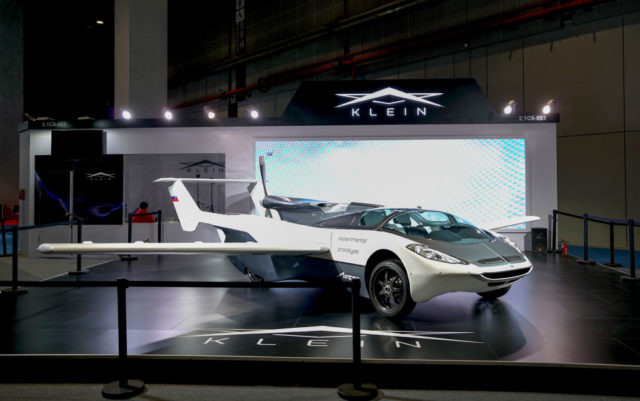
While there have been other flying cars designed since, the one giving us hope that the future is finally here is the AirCar. Running on gas-pump fuel, it’s equipped with a BMW engine and is capable of transforming into an aircraft in just two minutes and 15 seconds. In January 2022, it was certified airworthy by the Slovak Transport Authority, after completing 70 hours of flight testing and over 200 take-offs and landings.
More from us: Bizarre Transportation From The Past, From Dump-Truck Swimming Pools To Bicycles With Sewing Machines
While the AirCar requires both a driver’s and pilot’s license to operate, it shows that one day we’ll be living the life The Jetsons made us believe was possible.
